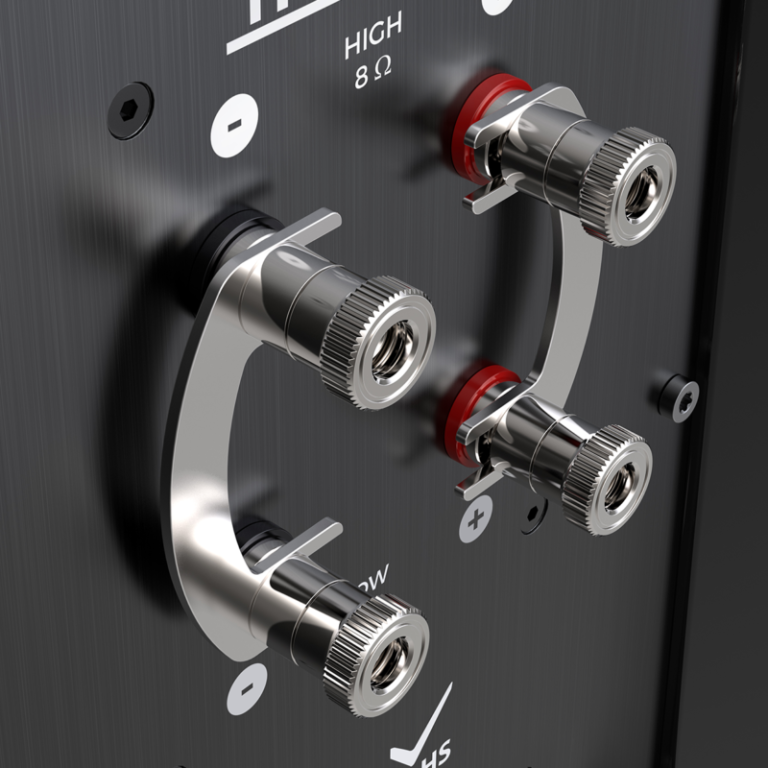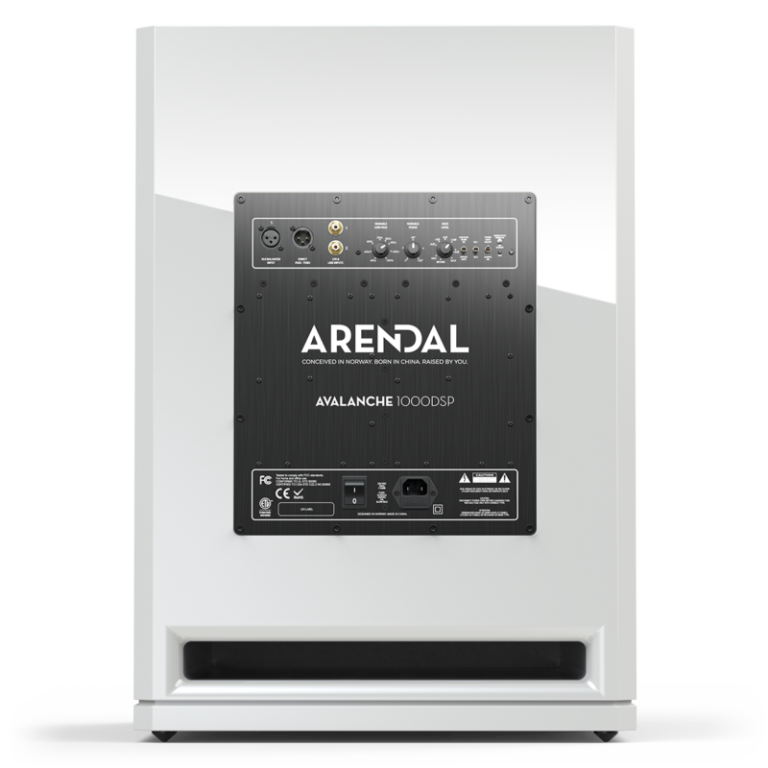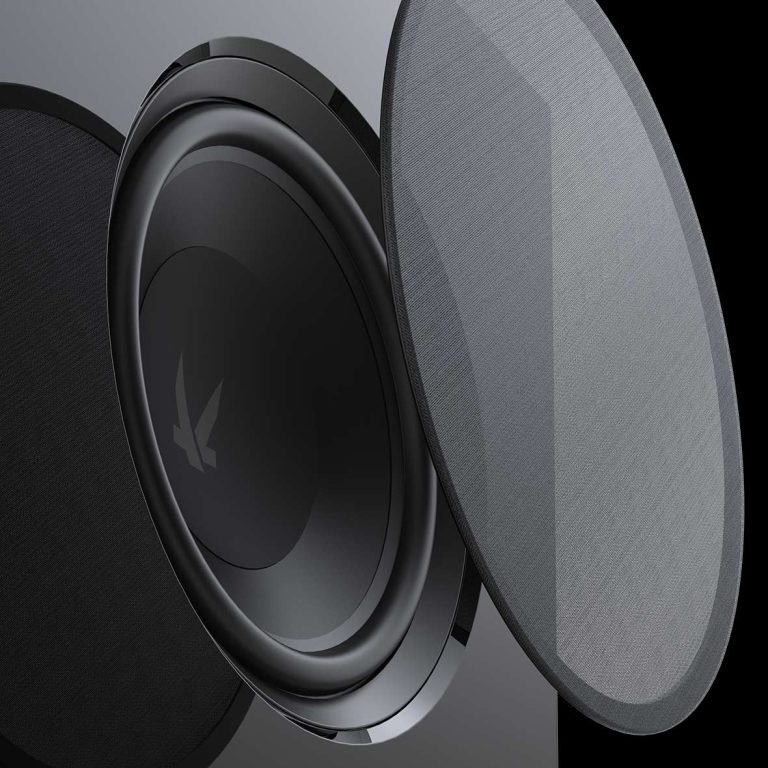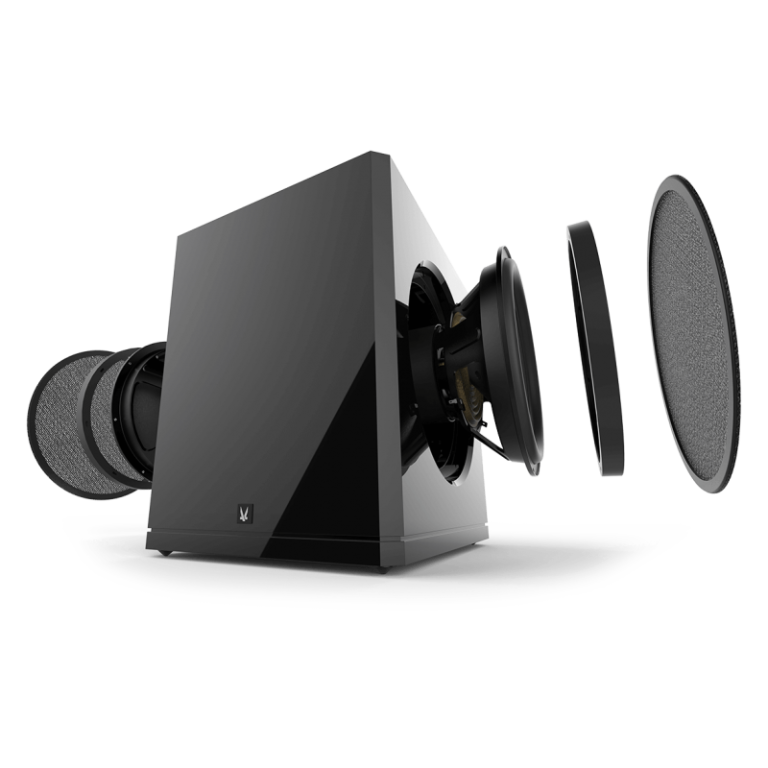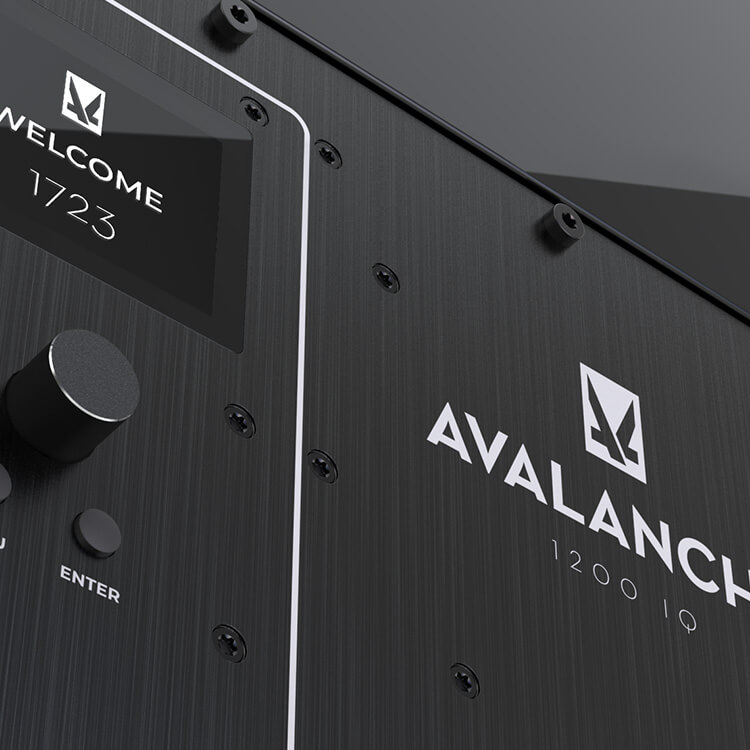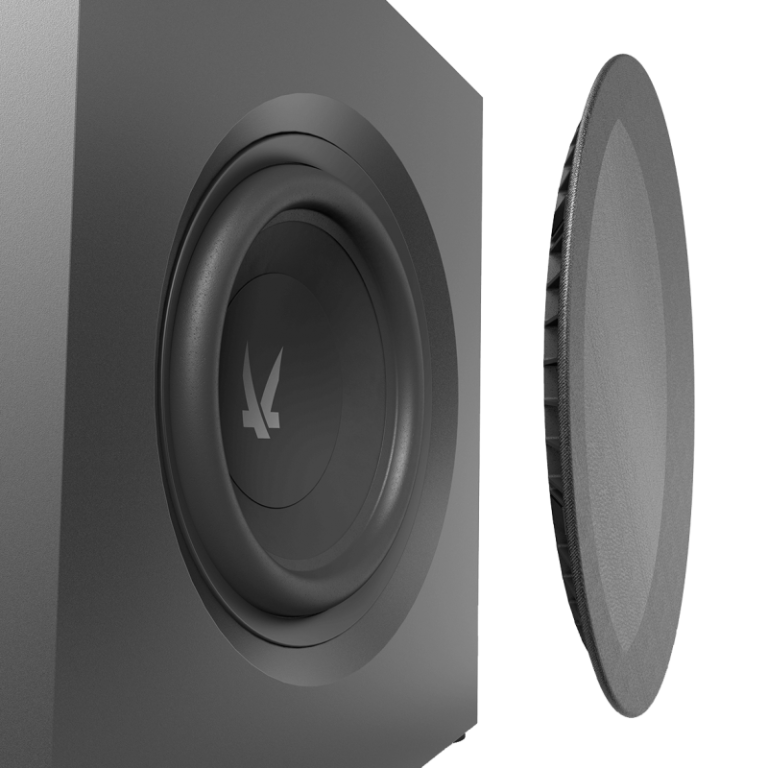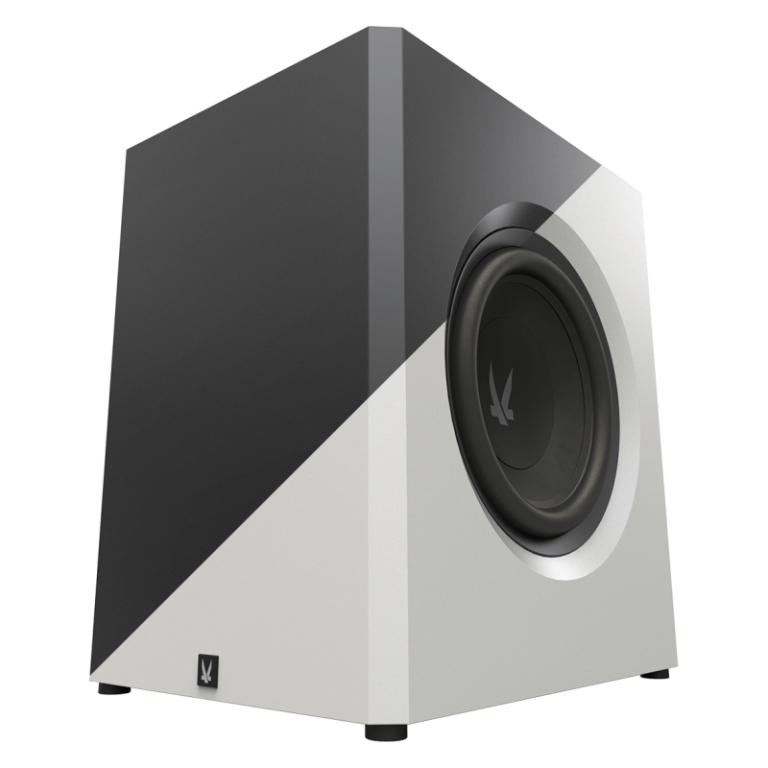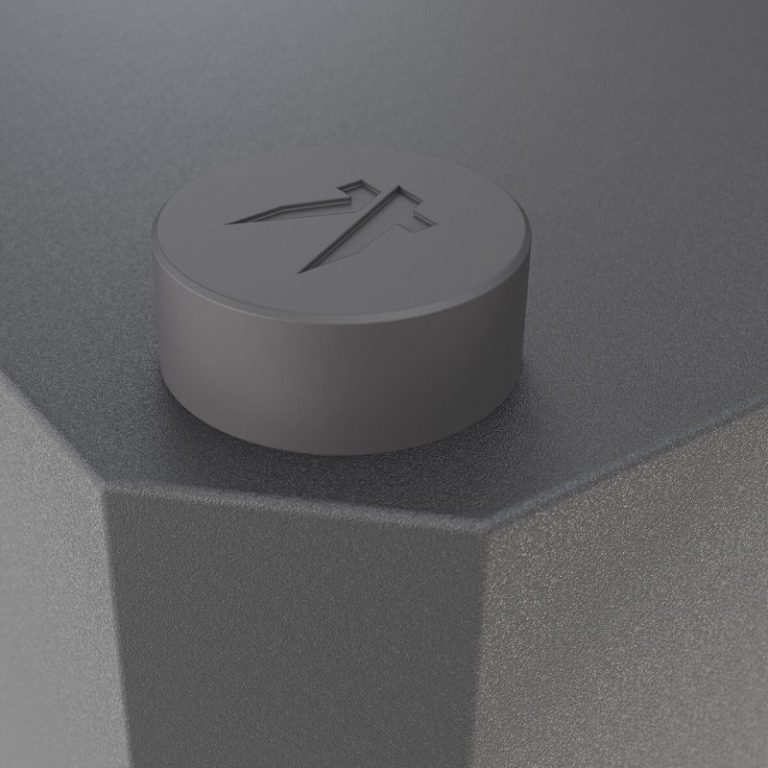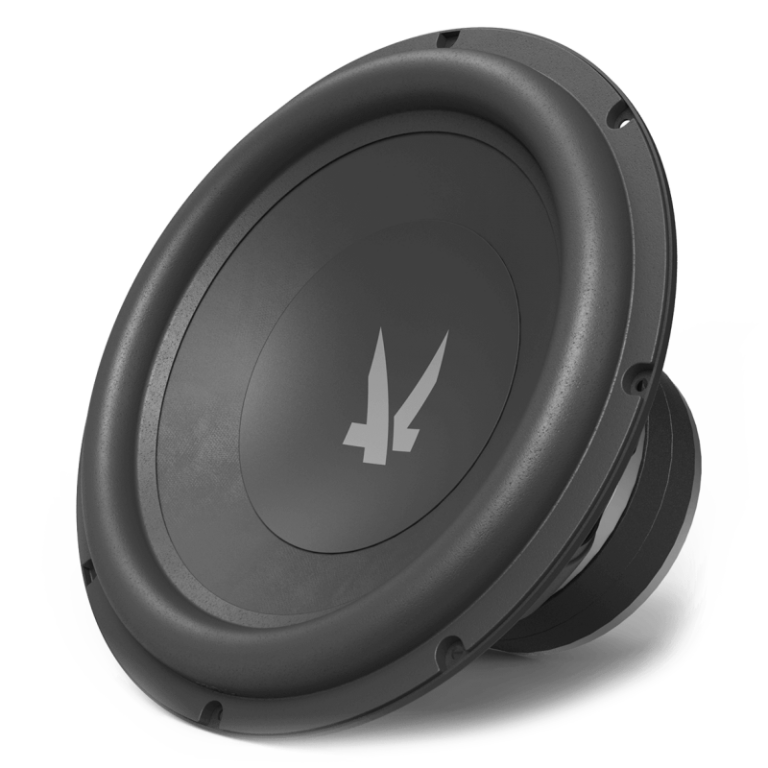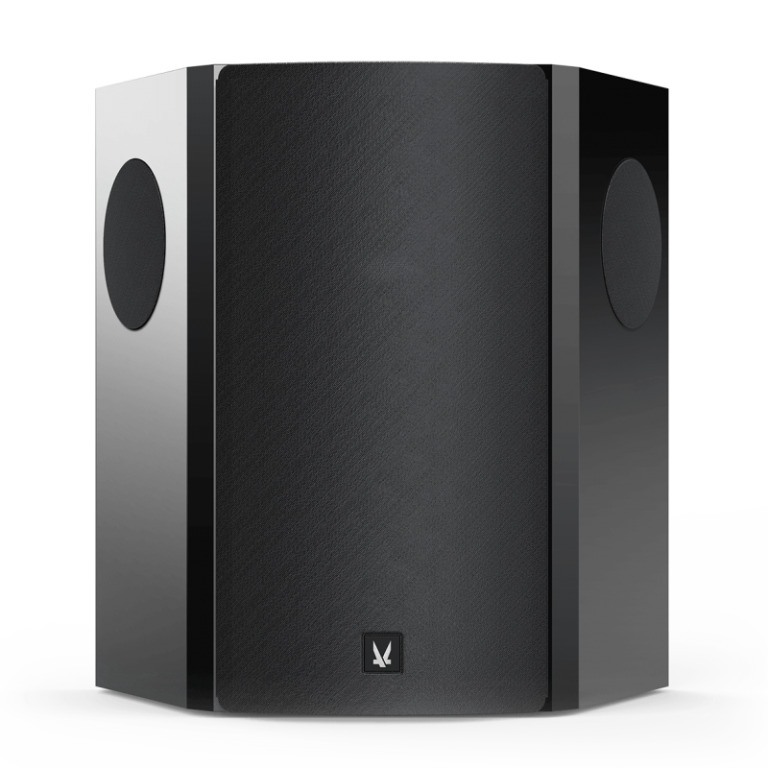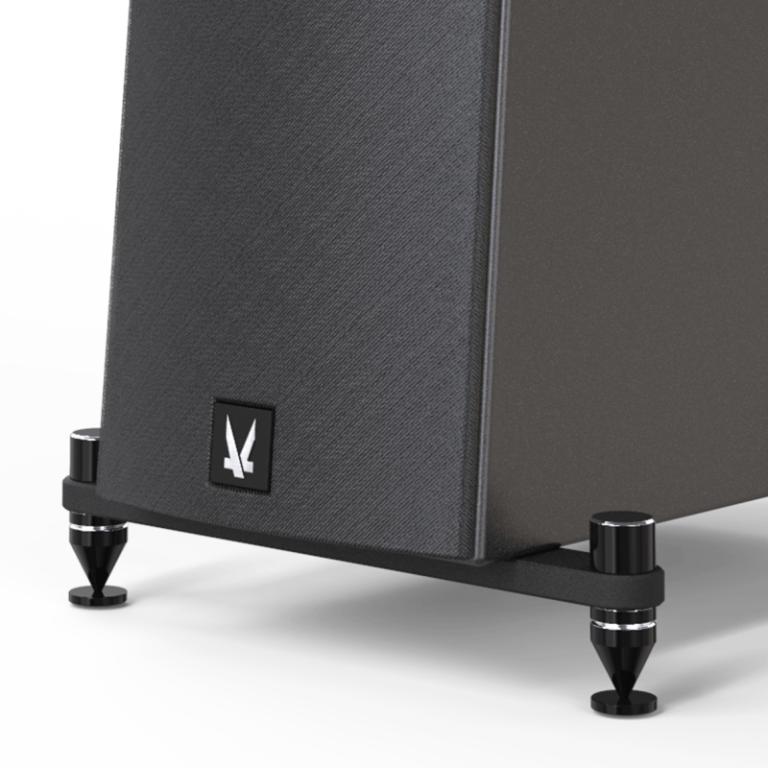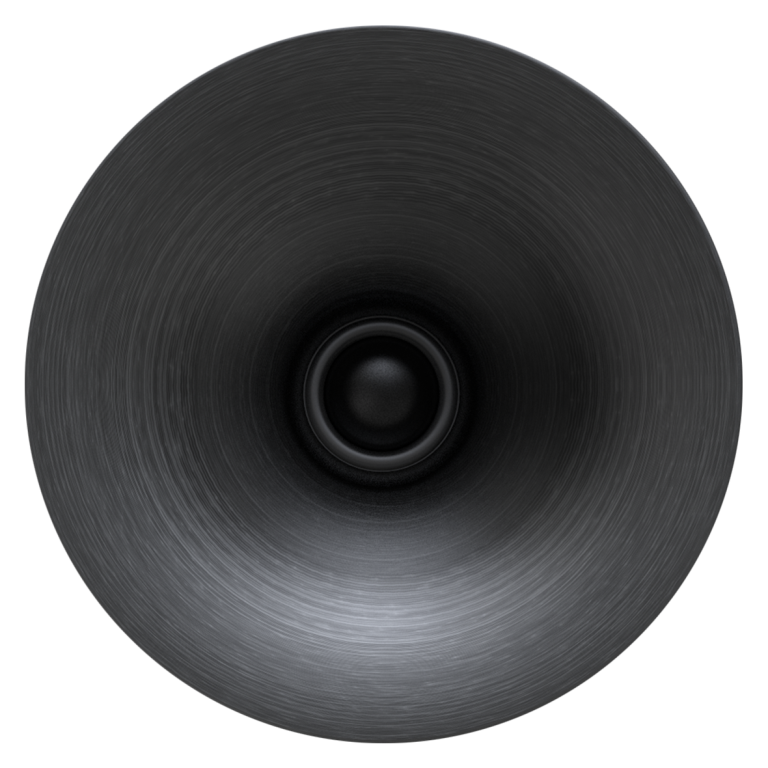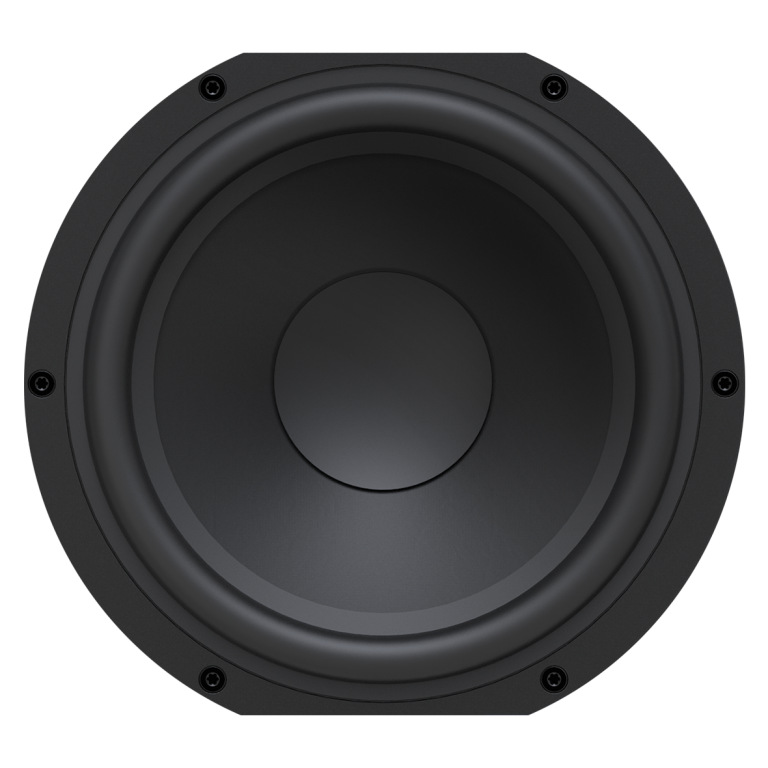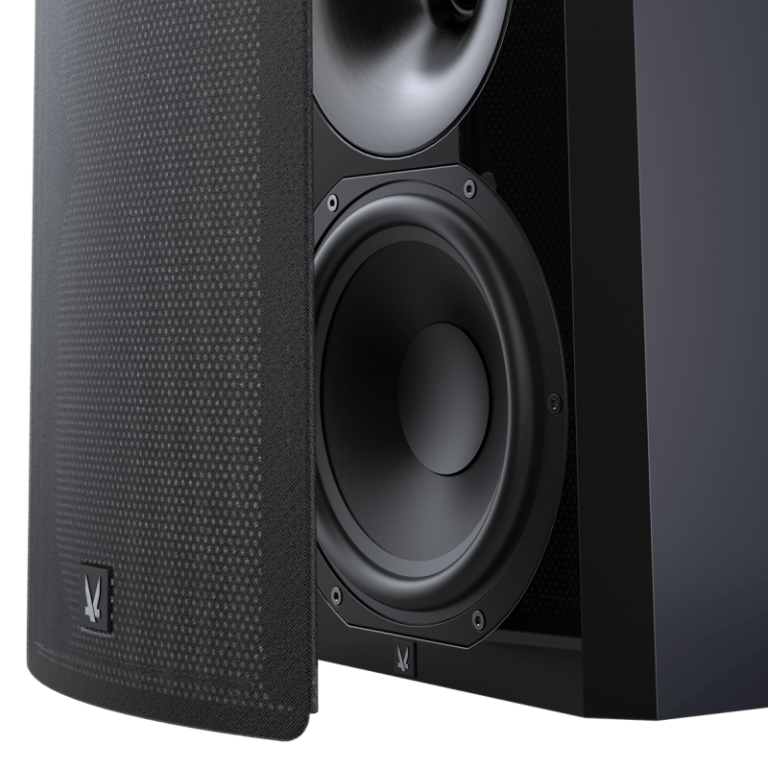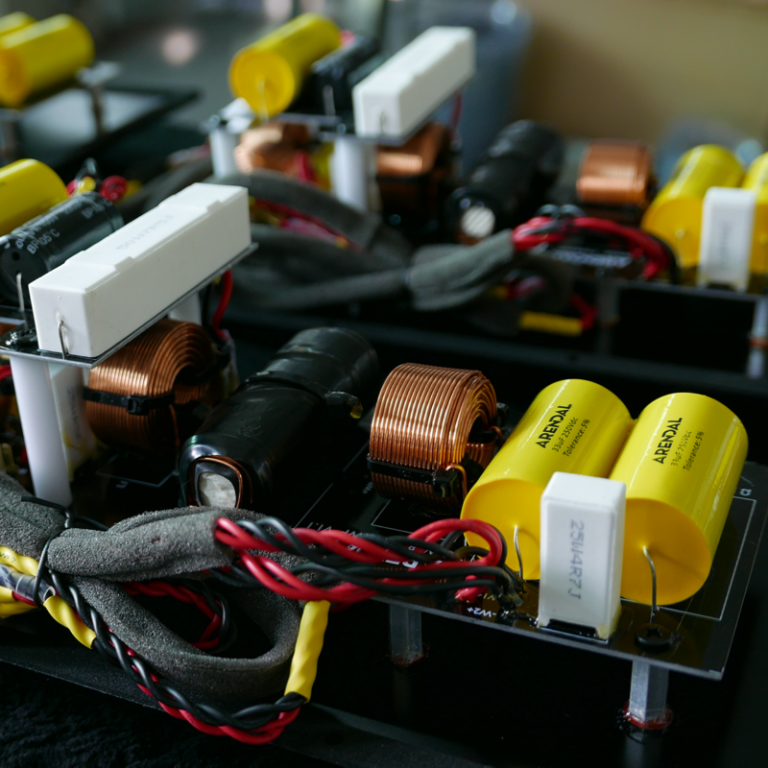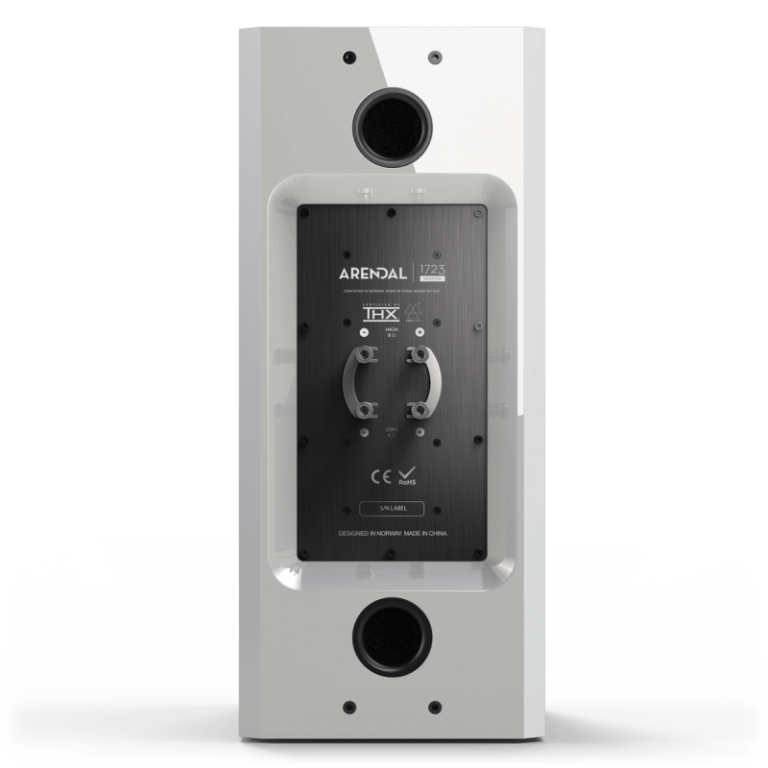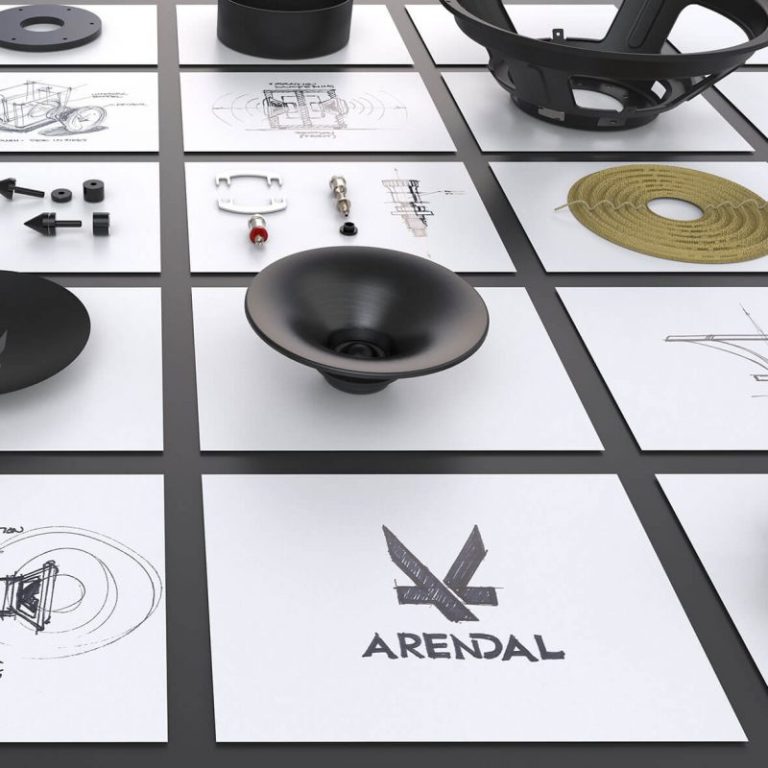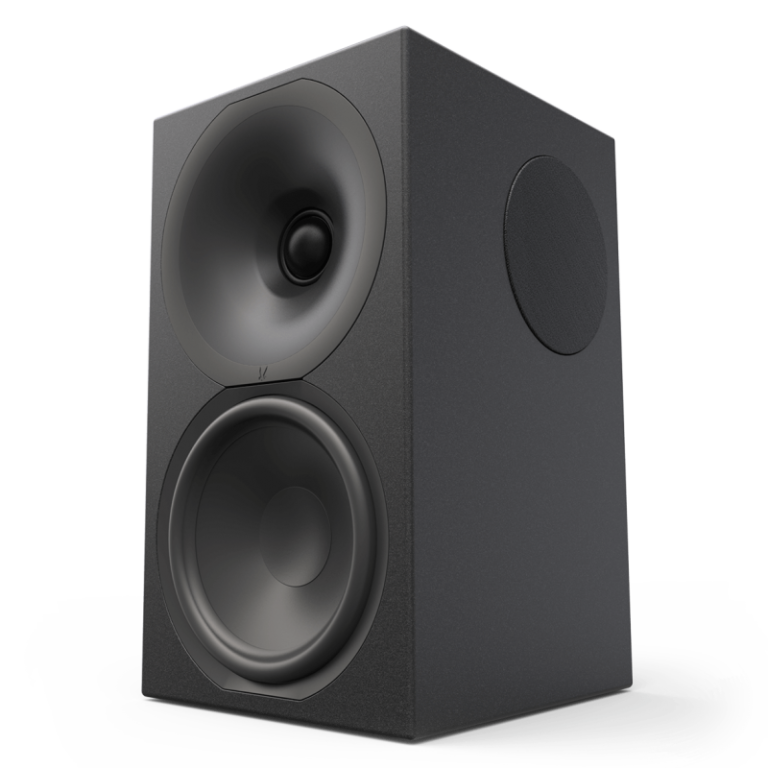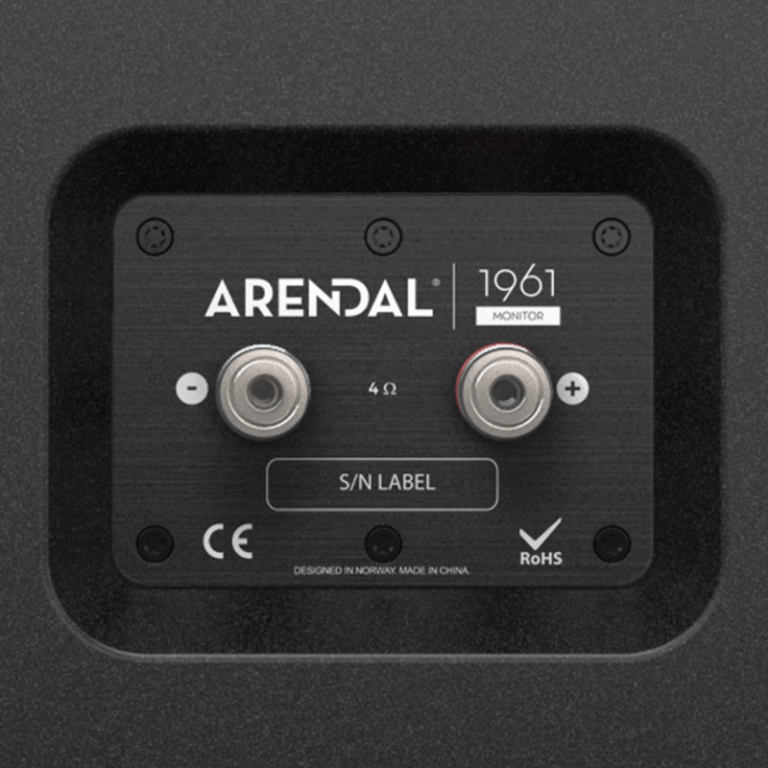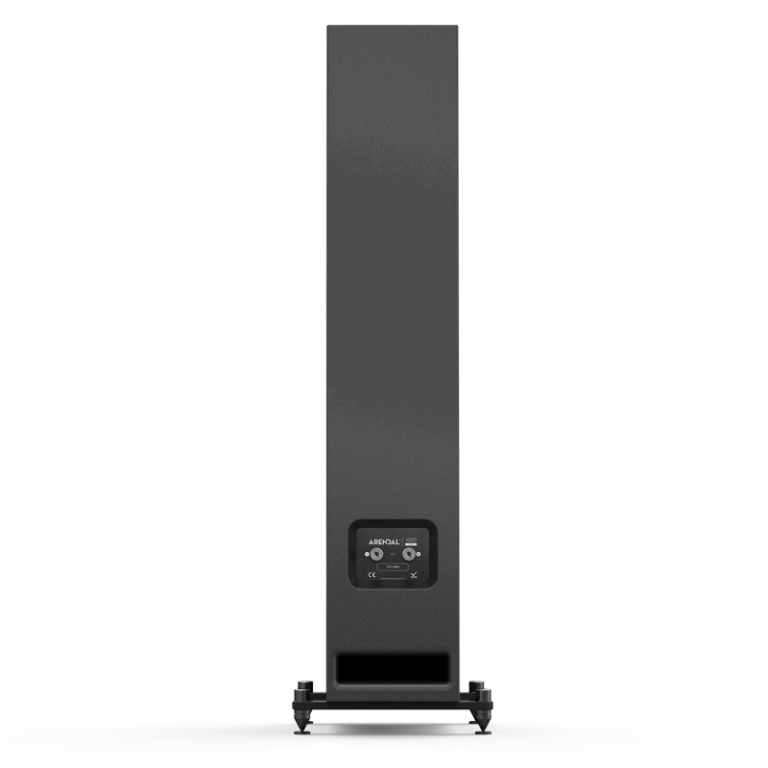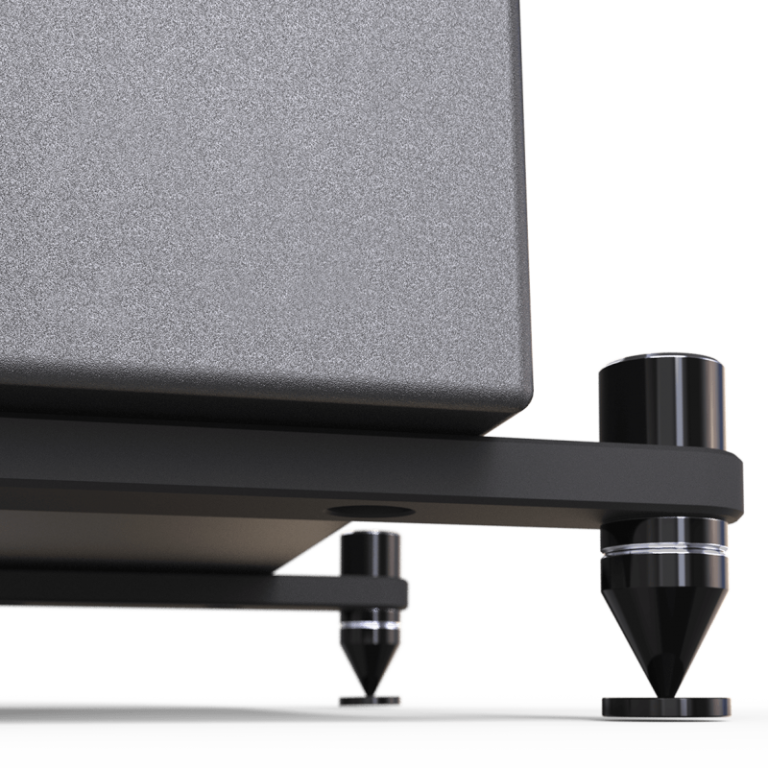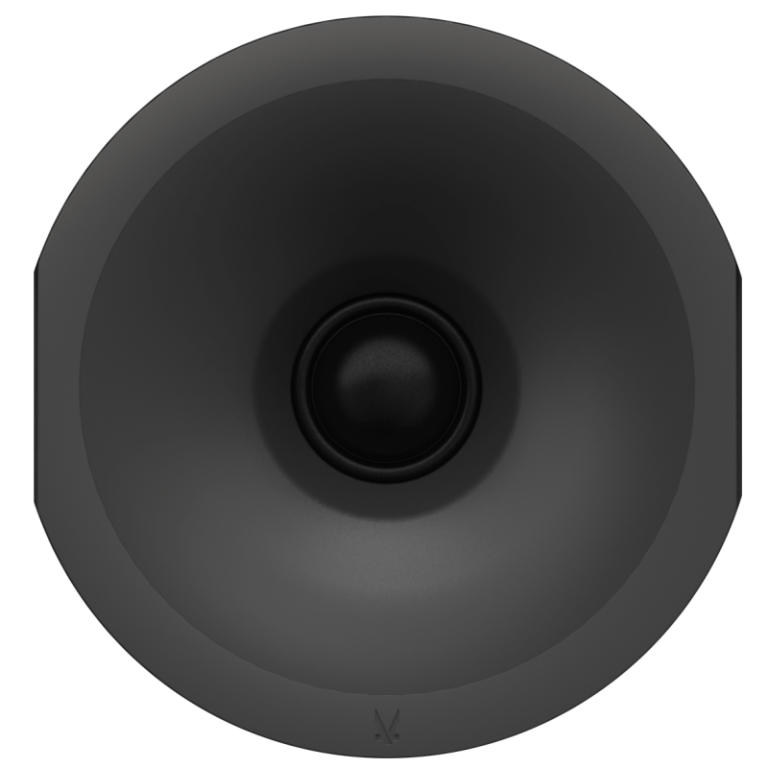
- Products
- Subwoofers
- Speakers






- Accessories
- Series
- 1723 Series
- Our Values
- About us. About you.
- Jan’s Story
- Reviews & Awards
- Customer Benefits
- Ambassadors
- PARTICIPATE
- Store
- Outlet
- Support
- Career
- Ambassador Program
- Arendal Club
- Login / Create account
Subwoofers
This is an exciting category. Subwoofers are just like a big screen, for the full experience. Incredible power-handling, dynamics, detailing, and features from another world.
1723 Series
1723 THX is the Arendal Sound statement of intent to deliver a quality of design, materials, and fidelity. There are no corners cut in material specification, whether you can see them or not.
- Store
- Support
- Career
- Ambassador Program
- Arendal Club
PARTICIPATE




